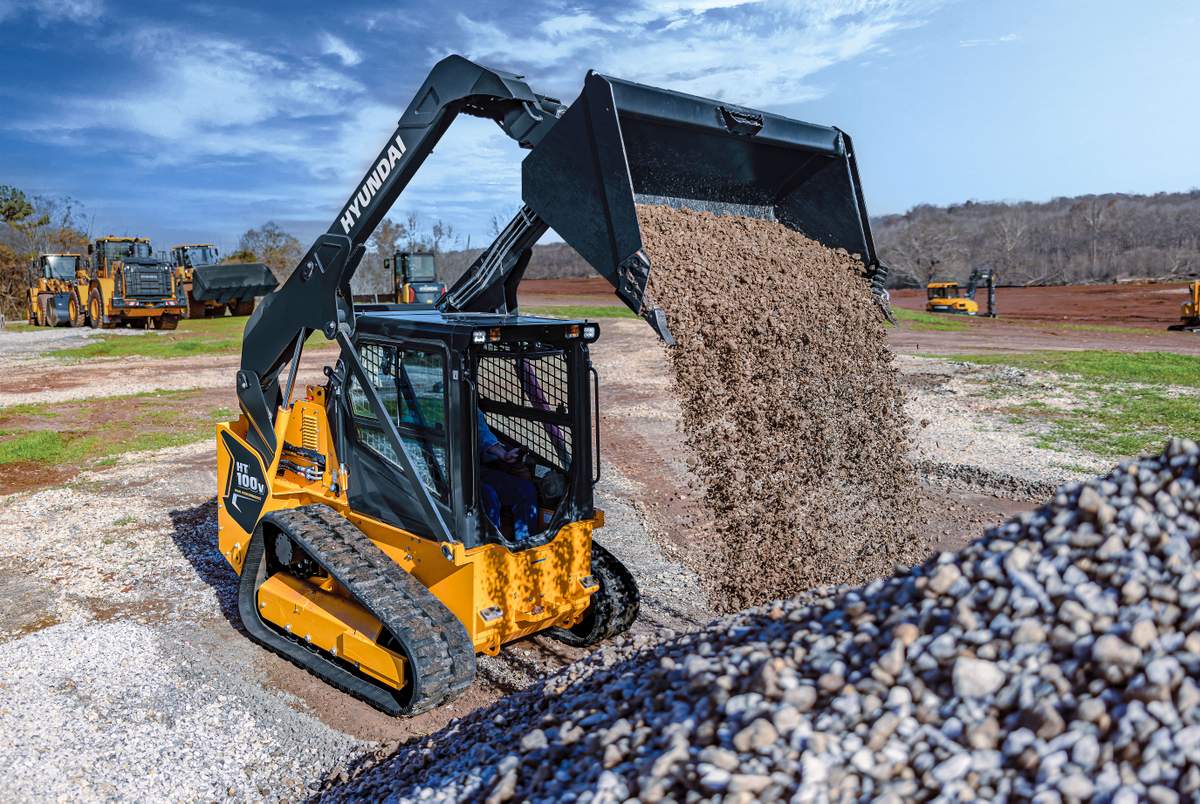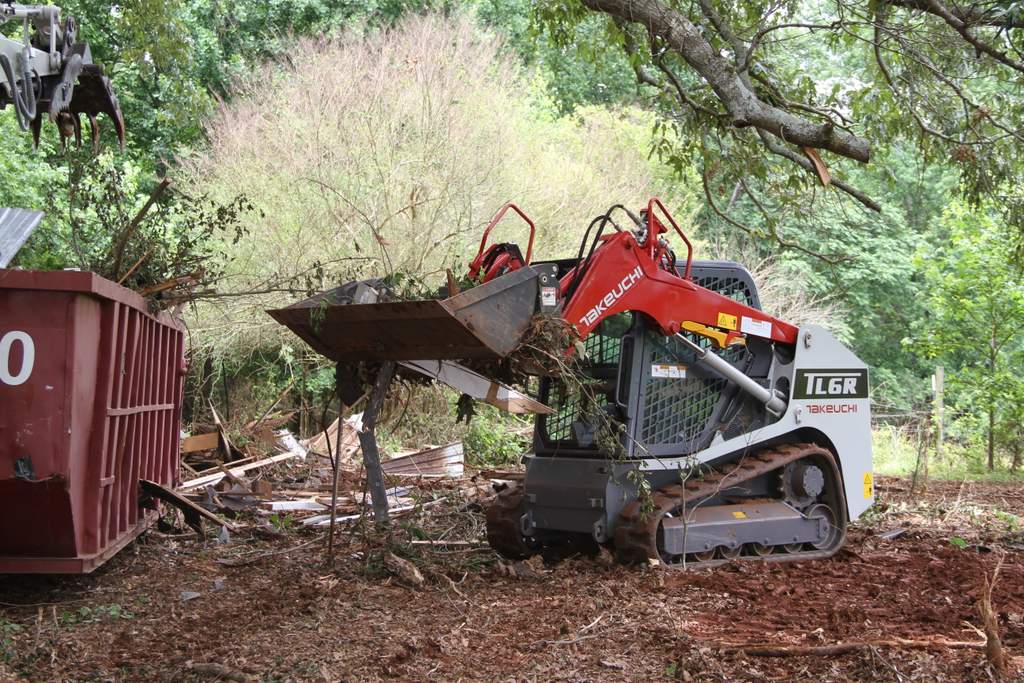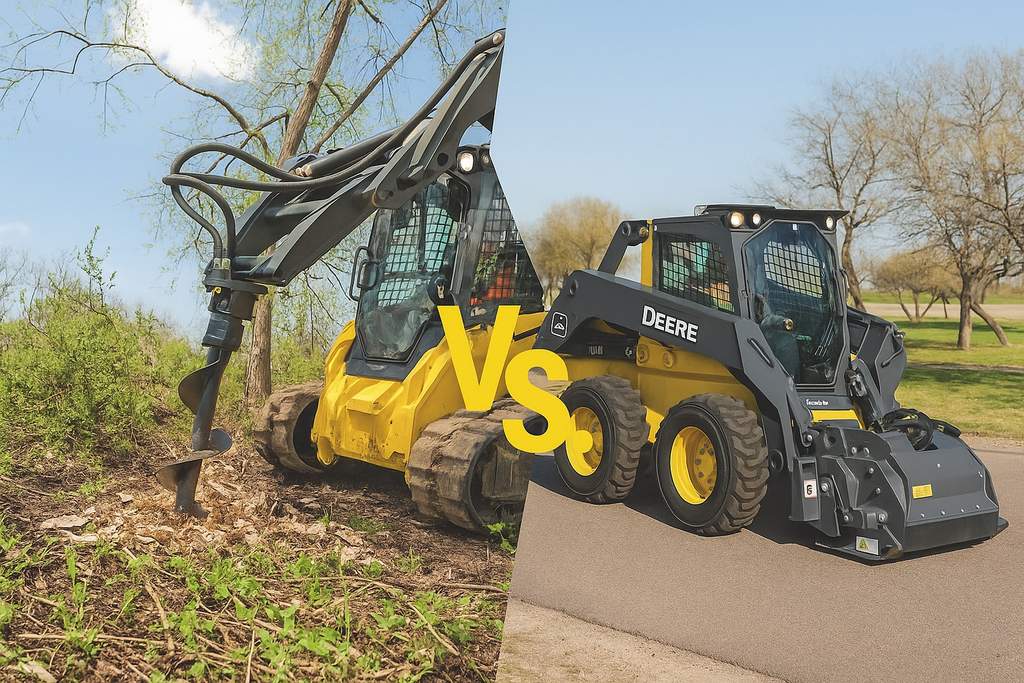New Holland Track Loaders — 2016 Spec Guide
Three Units Aimed at Raising the Bar with Boom and Bucket Height
In 2005, New Holland Construction launched its first dedicated compact track loader. With the company’s long and established skid steer history, New Holland compact track loaders quickly caught on and now represent one of the top lines at the company. The 200 Series is the second generation of its compact track loaders. These machines feature a dozer-style undercarriage built on decades of experience in heavy equipment undercarriage design. The compact track loader design gives the operator year-round traction with a light footprint.
All New Holland Construction compact track loader models were designed with the combined goals of lower machine height and industry-leading bucket height and reach, says New Holland. Three compact track loader models make up the 200 Series. The C232 and C238 compact track loaders feature the patented vertical-lift Super Boom design, delivering the industry’s best forward dump height and reach, says the company. The 200 Series also includes the C227, a radial-lift machine, which provides digging performance for landscaping and construction applications. The 200 Series compact track loader cab is one of the widest in the industry, says New Holland, providing more head and foot room and offering twice the visibility in critical zones. The rear window provides rear visibility, and the lighting package delivers jobsite visibility, boosting productivity.
Because the rigid undercarriage and machine weight is distributed over a large area, New Holland compact track loaders provide a stable ride over working surfaces. The frame sheds material away from the track. Undercarriage components include permanently lubed idlers and rollers and a steel-belted rubber track.
Daily maintenance on the 200 Series compact track loaders is quick and easy, so operators can stay on schedule. The ground-level service checkpoints are easy to access and grouped together. There is nothing to disconnect, and no special tools are required. A quick daily service check only takes minutes, but will pay off during the entire life of the machine. For complete access, the service technician only needs to remove two nuts and washers to tilt the cab forward. Another improvement is the redesigned hydraulic system, which extends the service interval to 2,000 hours and significantly reduces the amount of used and disposed oil.
Advice to Buyers
“Consider who will be using the machine day to day,” says Brad Wenger, New Holland Construction product marketing specialist. “Owner/operators still seem to prefer mechanical controls, but many of the young workers seem to prefer electro-hydraulic controls instead. New Holland offers three styles of controls: mechanical hand and foot, mechanical H-pattern and electro-hydraulic controls [switchable ISO and H-Pattern].”






Comments are closed here.